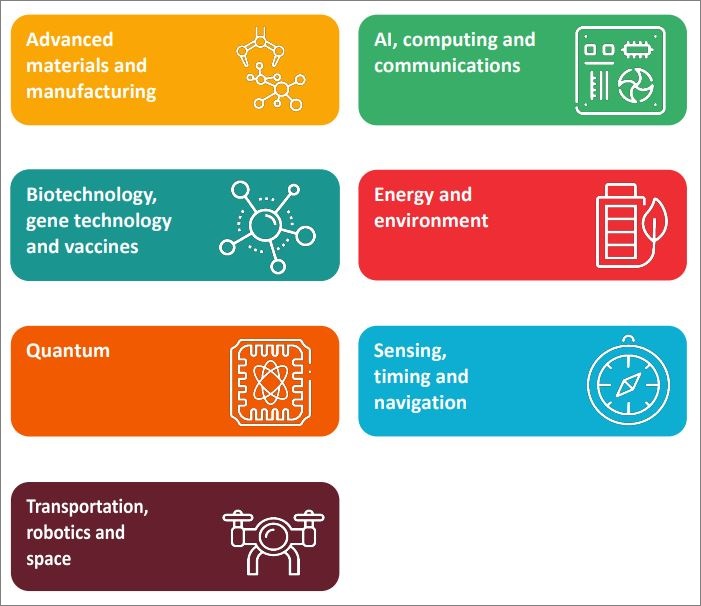Developing local capabilities in robotics, artificial intelligence, and quantum technologies are among the government’s top priorities as it continues consultation on how to shift the economy into the 21st century.
On Monday, the government opened consultation on the updated list of critical technologies in the national interest.
The list’s stated purpose is to improve our ability to develop and maintain high-value technologies while making Australia a destination for investors and research in areas like advanced manufacturing, AI, biotechnology, quantum, robotics, and energy.
Speaking at the TechLeaders Summit on Monday, Minister for Industry and Science Ed Husic said the pandemic and ongoing geopolitical tensions had highlighted the importance of Australia becoming a technology leader in our region.
“We need to do a much better job in this country of recognising the value of Australian ideas and know-how, pairing it with skills, and applying it to national wellbeing,” Husic said.
“We continually undersell capability that is developed onshore. And we have an opportunity to do things now in a way that hadn’t been considered prior to the pandemic.”
Husic’s technology ambitions revolve around the $15 billion National Reconstruction Fund announced during the election campaign, $1 billion of which will be dedicated to critical technologies – hence the need to update its list.
When established, the National Reconstruction Fund will be operated by an independent board, similar to the Clean Energy Finance Corporation, and will work on a co-investment basis.
“Having that layer of capital available so that when people are ready to grow, they do not feel like the only place to grow is offshore because that’s where the money’s available,” Husic said.
Sending a signal to industry
The government is trying to hold up the $1 billion critical technologies carrot to try and lead startups and industry toward certain strategic areas of national interest.
In its current draft form, the updated critical technology list contains more than 60 technologies of focus across seven different categories.
The main categories on the updated critical technologies list. Image: Department of Industry
Everything from nano-robotics to nuclear energy, from biofuel to blockchain is deemed ‘critical’ and will likely come under the umbrella of the government’s co-investment fund.
Anthony Murfett is the Head of the Department of Industry’s Technology and National Security division.
He told Information Age that the government’s role here is to “set a vision” for the future economy about how to lean on what Australia is already good at and fill existing gaps.
“If you can consolidate and send that signal to the market, that can provide enough confidence for investment,” he said.
“It’s not all about providing dollars, it’s actually the strategy and co-ordination. If we can co-ordinate, work with industry, our states and territory counterparts, that’s how we build scale.”
For Murfett, quantum technologies, robotics, and artificial intelligence are three of the highest priority areas, in no small part because Australia is a world-leader in quantum and field robotics.
But he stresses that increased technology adoption needs to be done “in a socially inclusive way”.
“We need to address the fact that people are scared of these technologies because they don’t understand what they are,” Murfett said.
“We’ve got to send the signal but we’ve got to bring the whole community on the journey.”











